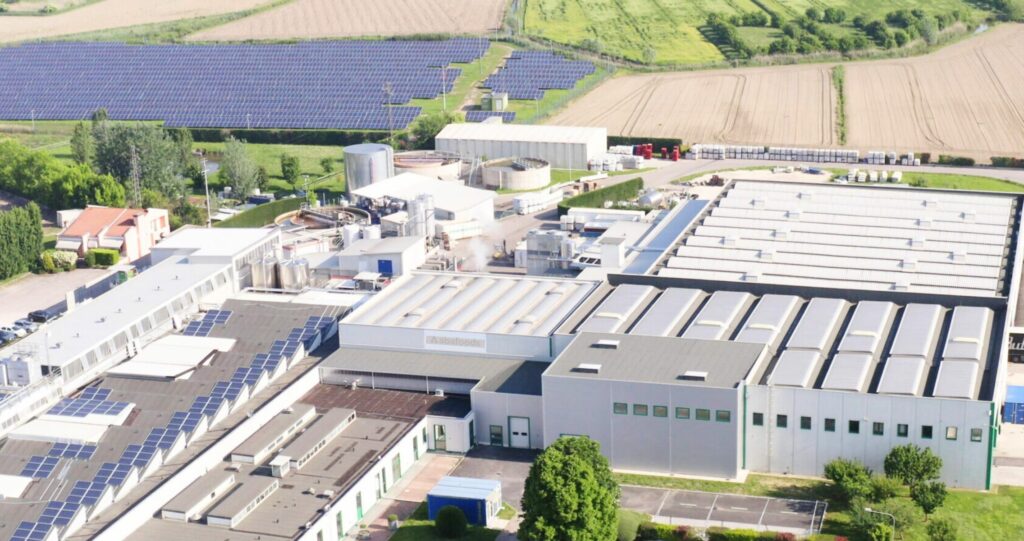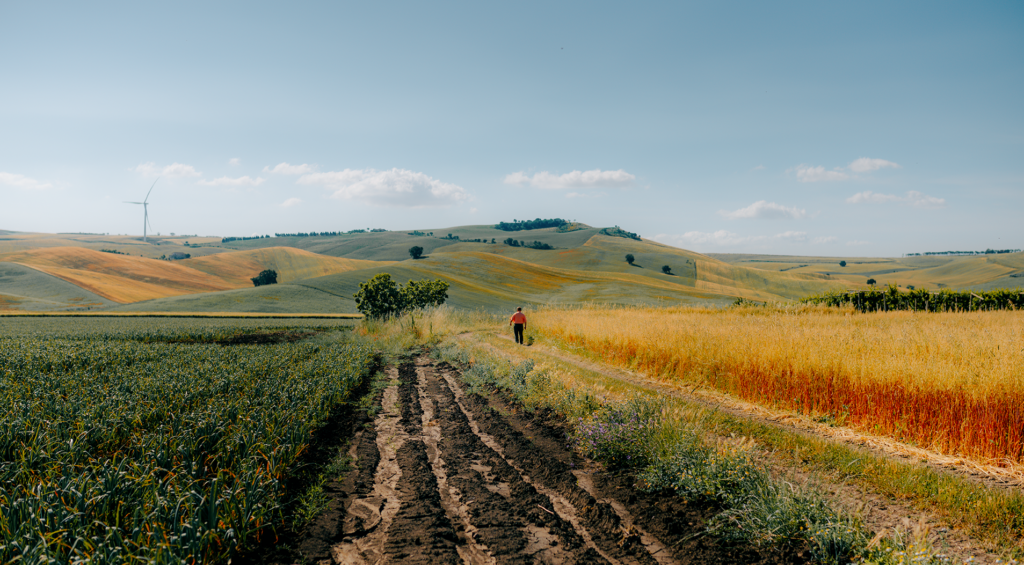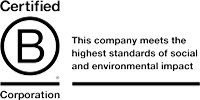Our footprint
Climate change is one of the five major causes of the destruction of biodiversity. Nearly 20% of habitats and 12% of species of interest in Europe are threatened by climate change1. In line with its mission to preserve biodiversity, Ecotone has set ambitious impact reduction targets and initiatives throughout its value chain to reduce its footprint.
Since 2017, we have measured our CO2 greenhouse gas emissions annually from all our activities on:
- Scope 1 = Direct emissions: own gas consumption mainly (buildings + factories)
- Scope 2 = Indirect emission related to electricity purchase for Ecotone’s activities
- Scope 3 = All our indirect emissions (raw materials production, upstream and downstream transport, packaging…)
As is often the case in the food industry, the majority of our greenhouse gas emissions fall within scope 3 and are mainly due to the impact of raw materials production.
Our scope 2 is very significantly reduced thanks to 92% renewable electricity used to carry out our activities.

Since 2019, Ecotone has been part of a trajectory to reduce its greenhouse gas emissions according to the Paris Agreement, the objective of which is to keep global warming below 1.5°C by 2100.
In 2022, Ecotone updated its carbon accounting method to be at the forefront of measuring its footprint and to reflect its activities comprehensively. For instance, organic farming generally emits less carbon due to its practices, so it’s crucial to factor this into the various calculations! #GoOrganic
In April 2024, following this detailed work, Ecotone officially signed its letter of commitment with the SBTi, which will lead to the submission of its new targets (including the new FLAG2 protocol) for validation within the next 24 months.
[1] Source: French Ministry for the Ecological Transition
[2] FLAG: greenhouse gas emissions reduction trajectory for the forestry, land and agriculture sector.
See our targets in the table below.
Our action plan

Scope 1 & 2 :
- Continuously improve the energy efficiency of production sites, which have already been implementing effective measures for years (insulation, heat recovery, energy monitoring…).
- Increase the share of renewable energy to reach 100% by 2030

Scope 3 :
- Further improve and collaborate with various stakeholders on agricultural practices that focus on reducing emissions.
- Continue to advance and work on goods transportation and packaging by engaging our value chain partners in a low-carbon strategy
Details and figures
Our results and targets:
In 2024, on the Scopes 1,2,3:
| Gross Scope 1,2 and 3 GHG Emissions Categories (metric tons CO₂e) | FY2022 Baseline Year | FY2023 | FY2024 Most Recent Year | % Change 2024 vs.2022 | FY2030 Target Emissions Near-Term Target Year | Key achievements |
|---|---|---|---|---|---|---|
| Gross Scope 1+2 GHG emissions | 11 161 | 9 891 | 10 461 | -6% | Scopes 1&2: On-going submission SBTi Scope 2: 100% Renewable Electricity |
92% renewable electricity |
| Gross Scope 3 emissions (FLAG, transport, packaging, third-part) |
218 691 | 225 948 | 226 294 | +3% | On-going submission SBTi |
Measurement of our own emission factors for 7 raw materials: oat, almond, cocoa, coffee, tea, peanut and rice Optimization of packaging and transportation GHG emissions reduction requirements integrated into our supplier’s partnership contract |
| Total GHG emissions | 229 852 | 235 838 | 236 755 | +3% |
What changed in 2023
We stand for biodiversity, but we don’t forget about greenhouse gases: they’re one of the major factors driving the erosion of our beloved biodiversity! As such, we have been measuring our emissions every year for the past 10 years. Here’s how we do it.
Firstly, in the spirit of transparency and continuous improvement, we measure and communicate our figures across the 3 scopes. Many companies do not yet report on Scope 3, which is generally the largest emitter of greenhouse gases…
Moreover, to continuously improve and identify solutions more accurately, we have made significant changes to enhance our carbon footprint measurement in 2022.
- We continue to update our emissions factors (an emission factor is “transforming a physical activity data into a quantity of greenhouse gas emissions” – source: Ademe) and particularly those of our raw materials, by regularly carrying out Life Cycle Analysis (LCA).
- We have taken into account the impact of the production of our products by our suppliers.
- We have refined our methodology for calculating the impact of our raw materials, which represents 80% of our emissions (a common order of magnitude in the agri-food sector).
- Finally, we conducted a vulnerability study of Ecotone’s activities facing climate change, in order to better anticipate the impact of possible futures between now and 2050, according to the different IPCC3 scenarios.
[3] IPCC = Intergovernmental Panel on Climate Change






